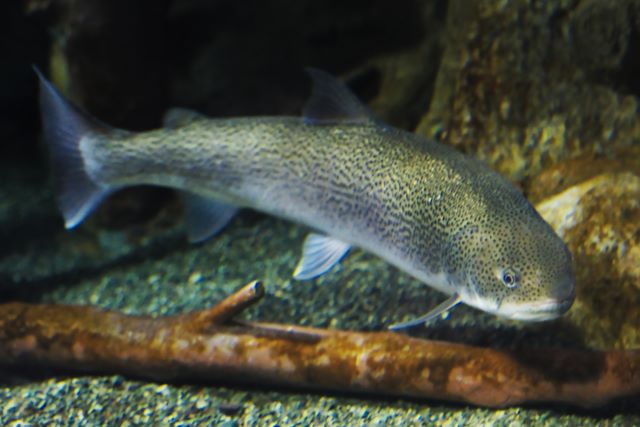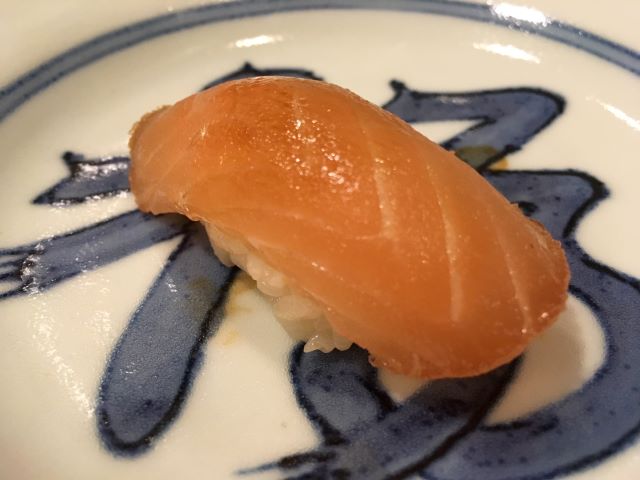
What is Sakhalin taimen (Itou)?
Sakhalin taimen is distributed only in the southern Kuril Islands, Sakhalin, Primorsky Territory, and Hokkaido. It used to be distributed in Lake Ogawara, Aomori Prefecture, but has already become extinct. In Hokkaido, it inhabits gently meandering rivers in the Konsen Plain, Sarufutsu Plain, and Sarobetsu Plain.
Reaching a maximum height of 2 m, it is the largest freshwater fish distributed in Japan. Its Japanese name is Itou and its scientific name is Parahucho perryi (Brevoort, 1856).
The body color is light purple or light green on the back side and silvery white on the belly side. Unlike other salmonids, Sakhalin taimen lay their eggs in the spring and do not die, but instead lay them over and over again for many years. Females are usually larger than males, sometimes twice as large as males. The “魚鬼” Chinese character combines “魚” (fish) and “鬼” (devil). As the Chinese characters suggest, it is known for its ferocious nature.
It is also farmed in Aomori and Niigata, but because it takes 5~6 years to grow to 50 cm in length, it is not commercially available and is used at hotels and other places as a regional specialty.
What does Sakhalin taimen (Itou) sushi taste like?

Its flesh is not peculiar and is a slightly pale orange color. The texture is tender but strangely does not feel tender and melting. It is rarely served at sushi restaurants in Tokyo, but it is probably farm-raised Sakhalin taimen. Whether or not it is a natural product, it is a very rare topping, so if you find it, you should definitely try it.
[sc_apply url=”https://sushiuniversity.jp/apply/”]
We hope this information will be helpful.

Revision date: April 3, 2023
Share this article